Jeff Williams is a top-producing Realtor with Windermere in Tacoma specializing in the purchase and sale of historic and luxury homes. Click here to email Jeff or give him a call at 253-303-1135.
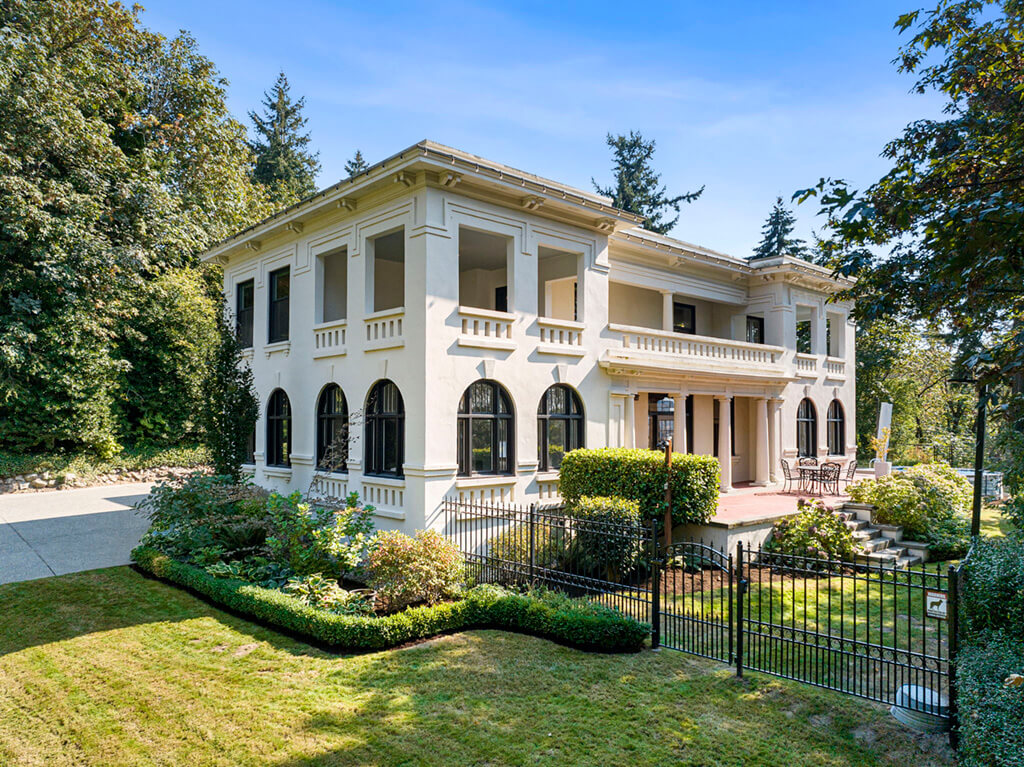
4 bedrooms | 2½ baths | 5,020 sq.ft.
Offered at $1,450,000
300 Scenic Way is offered at $1,450,000. Please contact us directly to schedule a showing today.
South Sound Property Group is a
top-producing Real Estate Team with
Windermere Chambers Bay, specializing
in residential real estate in Tacoma,
Gig Harbor, University Place and Lakewood.
Jeff Williams: (253) 303-1135
Mark Pinto: (253) 318-0923
southsoundpropertygroup@windermere.com

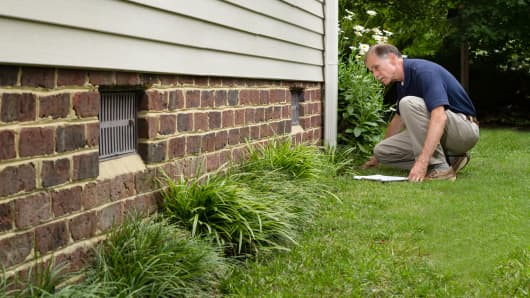 Diana Olick of CNBC recently wrote an article that sums up the reason for frustration for many home buyers and sellers in the South Sound region. Olick notes,
Diana Olick of CNBC recently wrote an article that sums up the reason for frustration for many home buyers and sellers in the South Sound region. Olick notes,
“Housing demand is rising rapidly, but a key cog in the wheel to homeownership is in deep trouble. The people most needed to close the deal are disappearing. Appraisers, the men and women who value homes and whom mortgage lenders depend upon, are shrinking in numbers.
That is causing growing delays in closings, costing buyers and sellers money and in some cases even scuttling deals.The share of on-time closings has dropped from 77 percent last April to 64 percent today for loans backed by Fannie Mae and Freddie Mac, according to Campbell/Inside Mortgage Finance. Appraisal-related issues in these delays jumped by 50 percent in that time.” (Read the full article here)
Our advice to our buyers and sellers is to factor in a minimum of 2-3 additional weeks time from what we would consider a normal 30 day closing. It’s important to note that it’s become an even bigger problem for specialty properties such as waterfront, luxury and historic homes and for properties located in outlying areas such as southern Pierce and Thurston counties. With lenders being forced to pay premiums for appraisals, we’re hopeful it will lead to more qualified appraisers being attracted to enter the field. However, that transformation will not happen quickly enough to satisfy those of us that counsel home buyers and sellers every day.
Jeff Williams is a top-producing Realtor with Windermere in Tacoma specializing in the purchase and sale of historic and luxury homes. Click here to email Jeff or give him a call at 253-303-1135.
Tacoma recently ranked as number 10 on Trulia’s top 10 housing markets to watch in 2016, a list that also included cities like Grand Rapids, MI, Charleston, SC and Austin, TX (see the full report here). Trulia’s rankings were based on a number of different criteria including strong job growth, low vacancy rates and high affordability. I think high affordability was probably key to Tacoma’s inclusion on the list. Though some of our buyer clients that are new to the Tacoma housing market have commented that prices here are high compared to where they’re coming from, the Tacoma housing market clearly remains a great value proposition when compared to Seattle where the median home price is more than twice as high. As the tech industry continues to grow in Seattle, Tacoma will continue to represent a very attractive alternative to call home. Not surprisingly, we’re seeing more and more folks from Seattle making the move to T-Town. I think it’s that demand in particular that led to our inclusion on Trulia’s list of hot market’s to watch in the coming year. To be clear though, Tacoma’s appeal isn’t just about being within commuting distance of Seattle. For those of us lucky enough to live and work in Tacoma, it actually represents a preferable alternative. A vibrant, livable small city with a big metropolitan hub nearby to visit when the mood strikes.
Mark Pinto is a top-producing Realtor with Windermere in Tacoma specializing in the purchase and sale of historic and luxury homes. Click here to e-mail Mark or feel free to give him a call at (253) 318-0923.
The Carroll House - North Slope Historic District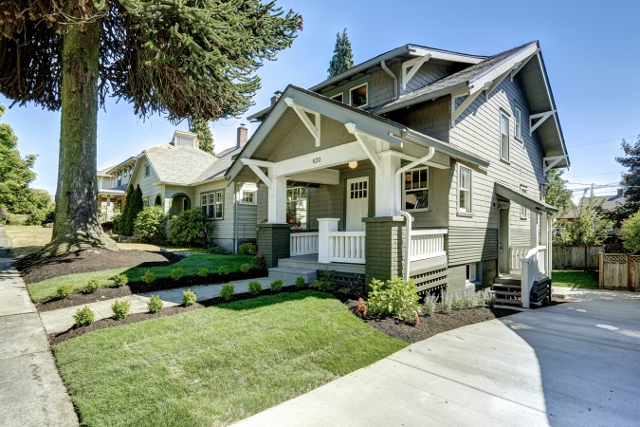
There are a lot of misconceptions about historic homes and historic districts in Tacoma. As a Realtor, a former board member of Historic Tacoma and a current member of the Tacoma Landmarks Preservation Commission, I’m often asked about the potential impact that historic designation might have on a property. Many people worry that historic designation is a negative thing. I believe (and I think the data supports me on this) that just the opposite is true. Inclusion on the historic register has been proven to increase the value of a property and also allows for property tax credits related to home renovations. For me, Tacoma's historic buildings and neighborhoods are a big part of what makes it so special, and I think it’s important to protect that heritage. Below are some common misconceptions about properties included on the historic register and homes that are contributing structures in a designated historic district.
Misconception #1 – I can’t make any changes to the house.
FALSE – Interior changes to a property on the historic register do not require any additional approval above and beyond regular city permitting. If you want to remodel a kitchen or a bathroom or upgrade plumbing, electrical or heating, the permitting and approval process is exactly the same as any non-historic home in Tacoma. Exterior changes to the home do require approval from the Landmark Preservation Commission (a process called design review). For guidelines about the type of exterior changes that require design review, visit the City of Tacoma Historic Preservation website.
Misconception #2 – I can’t replace any windows or doors in the house.
The Carroll House - restored windows and door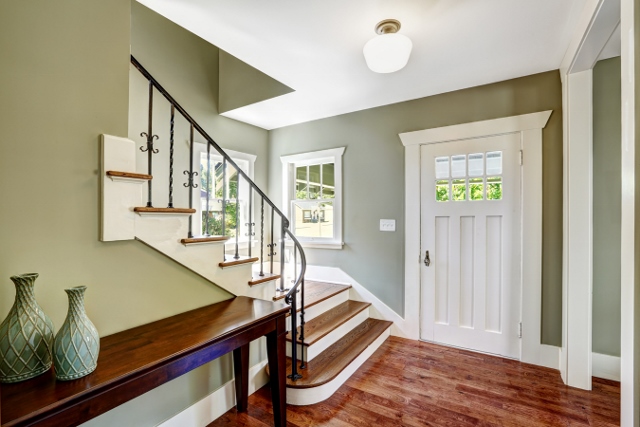
FALSE – While it's true that you can't replace existing wood windows with vinyl or metal windows, you are alowed to replace rotting or deteriorated windows with wood replacements. Existing wood windows can also be repaired. Older windows may be painted shut, sash chords and weights may not be operating properly or windows may be missing putty that holds the glazing in place. These issues can be easily and inexpensively addressed with repairs, saving you thousands of dollars in replacement costs. Of note, the life expectancy of a vinyl window is only about 20 years. Properly maintained wood windows last a lifetime. Studies also show that single pane wood windows with well fitted exterior storm windows provide the same energy efficiency as dual glazed windows. For more information about wood windows versus vinyl, please check out my blog “Why replacing wood windows is a costly mistake.”
Misconception #3 – It’s harder to sell a historic home because of all the restrictions.
FALSE – A number of studies have been done over the years showing that property values increase dramatically when a neighborhood is designated as a historic district. A study conducted in Tucson, AZ showed that home values in a historic district there were 30% higher on average than similar homes in non-historic neighborhoods and that homes in the historic district appreciated at a rate that was 15% greater than their non-historic counterparts. It pays to be historic! For additional findings, visit the American Council on Historic Preservation.
Historic Homes in Tacoma are Protected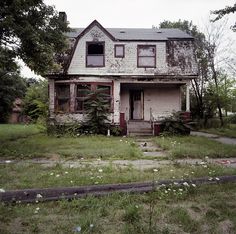
Misconception #4 – The “historic police” will tell me what I can and can’t do to my house.
FALSE – As long as you maintain your home properly, you'll never have to worry about additional scrutiny, and trees and landscaping don't fall within the scope of historic protection. The good news for historic properties located in Tacoma is that there is now a mechanism in place to protect structures on the historic register from neglect and ruin. The purpose is to avoid demolition of the structures. Click here to learn more about Tacoma’s Historic Property Maintenance Code.
Misconception #5 – All old structures are considered historic.
FALSE – There are only about 1,300 structures in Tacoma that are on the local, state, or national historic registers. Only structures individually listed on the Tacoma Historic Register or located within a Tacoma historic district are protected. Designated historic districts in Tacoma include the Wedge, North Slope, Old City Hall and the Union Depot/Warehouse district. Salmon Beach is on the Washington Register, and Stadium District is on the National Register.
I’ve outlined a number of benefits to owning a historic home – from increased property values to the protection of our city's heritage. If you’d like to learn more about how to place your home on the historic register, or would like to learn about the implications associated with buying or selling a historic home, please contact me or visit the City of Tacoma’s Preservation website at http://www.tacomaculture.org/historic/home.asp.
Jeff Williams is a top-producing Realtor with Windermere in Tacoma specializing in the purchase and sale of historic and luxury homes. Jeff is also a former board member of Historic Tacoma, and currently serves on the City of Tacoma's Landmarks Preservation Commission. Click here to email Jeff or give him a call at 253-303-1135.
History: The Craftsman was the dominant style for smaller houses built throughout the country during the period from about 1905 until the 1920s. It originated in southern California and most landmark examples of Craftsman houses are concentrated there. The style quickly spread throughout the country via pattern books and popular magazines, but rapidly faded from favor after the mid-1920s. These residences were given extensive publicity in such magazines as the Western Architect, The Architect, House Beautiful, Good Housekeeping, Architectural Record, Country Life in America, and Ladies’ Home Journal, thus familiarizing the rest of the nation with the style. As a result, a flood of pattern books appeared, offering plans for Craftsman bungalows; some even offered completely pre-cut packages of lumber and detailing to be assembled by local labor (referred to as “kit” houses). Through these kit houses, the one-story Craftsman house quickly became the most popular and fashionable smaller house in the country.
Character Defining Features: Although these are considered the most typical character defining features of a Craftsman, not all of these will apply to each Craftsman-style building.
Types of Craftsman:
Cottage Style Craftsman – Typically a one-story building with a compact rectangular plan; a centralized main entrance consisting of a partial-width porch and flanked by windows; a symmetrical facade; a side-gabled low-pitched roof; horizontal wood siding; and Craftsman stylistic details.
The Bungalow – The typical bungalow is a one-story house with low pitched broad gables. A lower gable usually covers an open or screened porch and a larger gable covers the main portion of the house. In larger bungalows the gable is steeper, with interesting cross gable or dormers.
Clipped-Gabled (Hip Roof) Craftsman – A Craftsman building covered by a gabled roof which has had its gable point “clipped off.” The roof can be front, side or cross-gabled. Typically this type of Craftsman is a one-story building. Sometimes the clipped-gabled roof will have gabled, hipped or eyebrow dormers.
Colonial Craftsman – A Craftsman building which displays Colonial Revival features. Typically, this type of Craftsman has a trellised front and/or side porches, symmetrical façade and columns.
Aero-plane Craftsman – A Craftsman building with a set-back second-story and wide overhanging eaves which gives the impression of an airplane wings. This style can have a front, side or cross-gabled roof.
Transitional – A building which appears to be “transitioning” from the Victorian-era into the Craftsman-era. Typically, this type of house retains a vertical emphasis on the facade and Victorian-era design elements, but is differentiated by its Craftsman features.
Jeff Williams is a top-producing Realtor with Windermere in Tacoma specializing in the purchase and sale of historic and luxury homes. Jeff is also a former board member of Historic Tacoma, and currently serves on the City of Tacoma's Landmarks Preservation Commission. Click here to email Jeff or give him a call at 253-303-1135.
As a commissioner for the City of Tacoma's Landmarks Preservation Commission and a former board member of Historic Tacoma, I've had a lot of experience with historic properties. I've also been buying, renovating and selling historic homes myself for more than twenty years (45 houses and counting). Not surprisingly, clients often seek my advice when they're thinking about buying an older house. With the busy spring home buying season upon us, I thought it might be a good time to share some thoughts about what to consider when buying a historic home. Below, I describe some of the “big ticket” replacement and repair costs that you may incur during the restoration of an older home. It's important to note that there are loan programs and tax credits available to help defray some of these costs if you are buying a historic home in Tacoma.
2. Old houses aren’t usually insulated. Builders didn't really begin insulating homes until the late teens and early twenties, and even then they generally just added cellulose (paper pulp) to the exterior walls and attics at very low insulating levels. If you’ve ever demolished the ceiling in an older home, you'll know what I’m talking about. You’re probably still discovering bits of the pulverized paper in your hair, ears and clothes. If you’re doing a major remodel to a home, it makes sense to strip off the old interior plaster down to the studs so that the wiring and plumbing can be updated and insulation can be added. If you’re not doing a major renovation, my advice would be to simply add insulation to the attic and underneath the first floor to increase the insulation value as much as possible. Learn more about insulation at energy.gov.
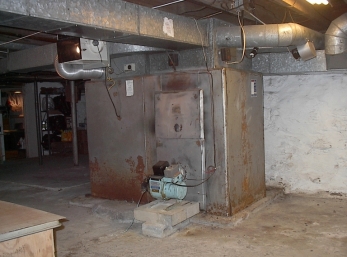 3. Are the mechanical systems up to date? When buying an old house, people often encounter things like knob and tube wiring, galvanized and lead pipes, oil burning furnaces the size of a Winnebago and broken sewer lines. Older systems aren't necessarily a problem, but a thorough pre-purchase home inspection can identify failing systems in need of immediate attention. Be sure to factor the cost of plumbing, electrical and heating system upgrades into the purchase price of a home before you make an offer, and make sure you can afford to repair or replace these systems as it becomes necessary during your ownership.
3. Are the mechanical systems up to date? When buying an old house, people often encounter things like knob and tube wiring, galvanized and lead pipes, oil burning furnaces the size of a Winnebago and broken sewer lines. Older systems aren't necessarily a problem, but a thorough pre-purchase home inspection can identify failing systems in need of immediate attention. Be sure to factor the cost of plumbing, electrical and heating system upgrades into the purchase price of a home before you make an offer, and make sure you can afford to repair or replace these systems as it becomes necessary during your ownership.
4. Original windows and doors are great. Leave them alone! Nothing frustrates me more than buyers who immediately think they have to replace all of the original doors and windows in a house. It is significantly more cost effective to repair original windows and doors and install storm windows. They’ll be just as energy efficient and will last exponentially longer than their cheap vinyl counterparts. For more details regarding wood windows versus vinyl, check out my blog post regarding that subject here.
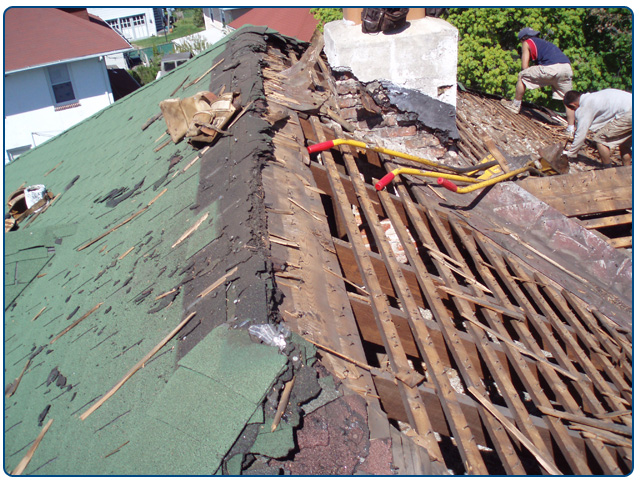
5. How many layers are on the roof? Many older homes in Tacoma originally had wood shingle roofs with no underlayment to support a modern roof. Over time, home owners have simply shingled over the original roof. If a roof has three layers or more, it's no longer a candidate for re-shingling. The roof will have to be completely torn off, and an underlayment of plywood or particle board will need to be installed before the new roofing material can be added. Tear offs are three times as expensive as simple re-shingling so it's helpful to know how many layers a roof has before writing an offer to purchase an older home.
Jeff Williams is a top-producing Realtor with Windermere in Tacoma specializing in the purchase and sale of historic and luxury homes. Click here to email Jeff or give him a call at 253-303-1135.